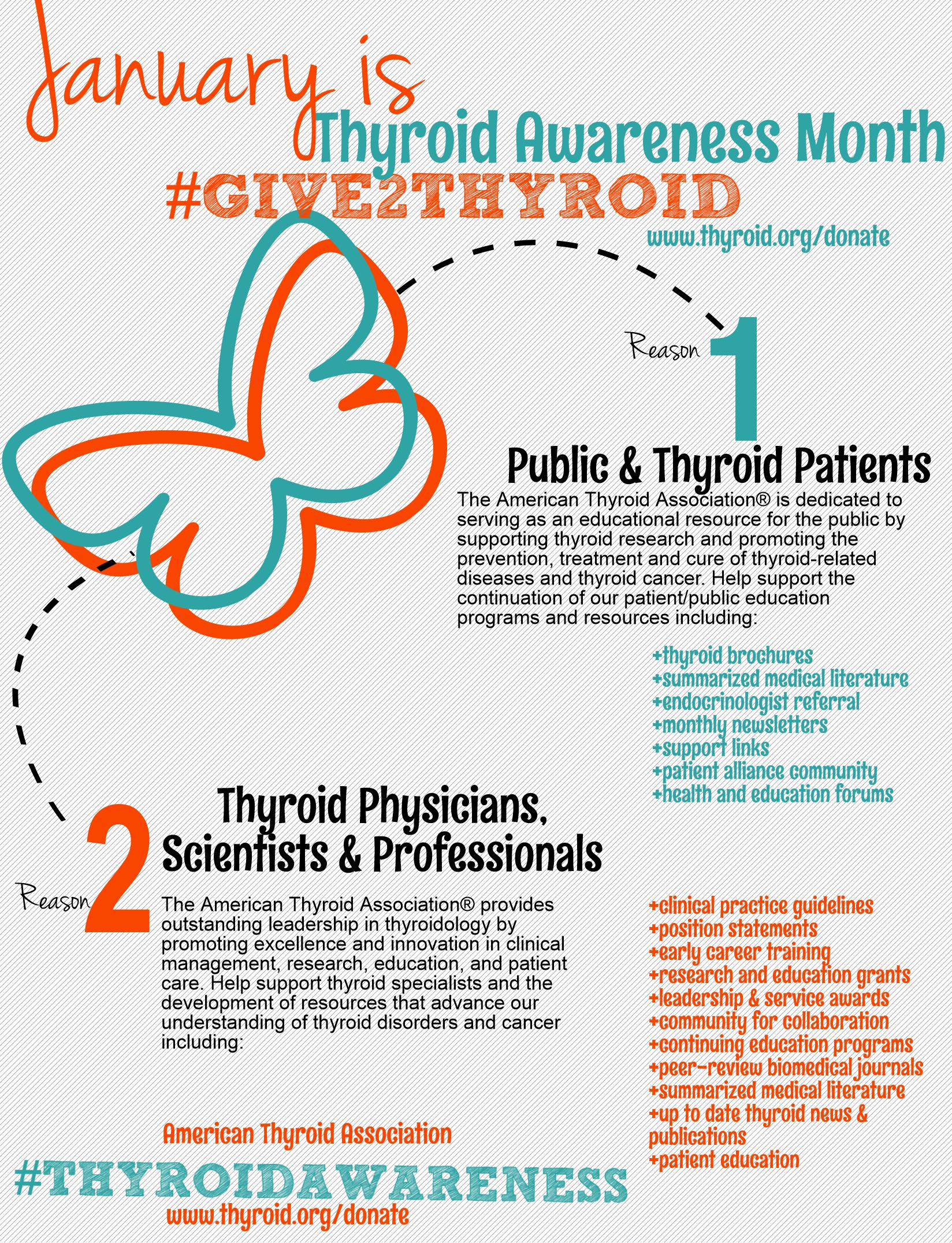Editor's note: This is part one of a two-part series. Look for part two: "Growing Your Client Base," in February. Private practice is a consistently growing area for communication sciences and disorders (CSD) professionals. Whether making the transition from employee to employer, or changing their current road map for an established business, private practitioners are searching for new ways to compete in today's market. Three key ways CSD professionals can make their private practice stand out include finding a niche, diversifying offerings and becoming business savvy. Creating a competitive edge One way to create a competitive edge and grow business is by finding a niche. Especially if you live in an area with several practitioners in your profession, it helps to stand out by focu...
MedWorm Message: Have you tried our new medical search engine? More powerful than before. Log on with your social media account. 100% free.
from #Head and Neck by Sfakianakis via simeraentaxei on Inoreader http://bit.ly/2RCnXkQ
